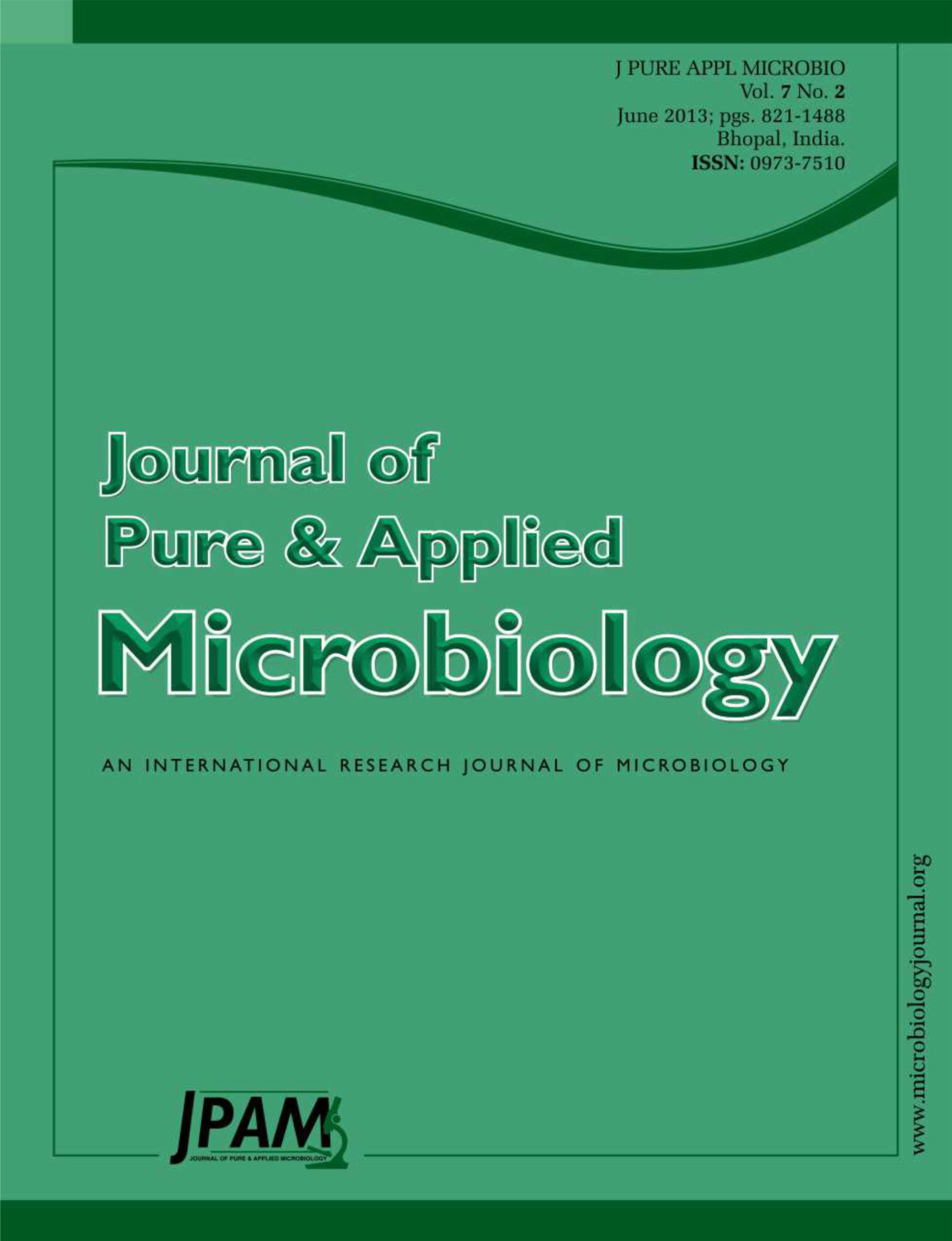This research involves the isolation, identification, determination of bacterial growth, degradation rate and enzyme activity of catechol dioxygenase in bacteria. Eight bacteria were isolated from 3 locations: the oxidation pool, refinery pool and soil at the PETRONAS Oil Refinery Plant in Kerteh, Terengganu, Malaysia. Out of the eight isolated bacteria, seven were Gram negative and one Gram positive, bacilli. Two bacteria were chosen based on correlation from the screening results of spread plate method and optical density method. Both bacteria were identified as Pseudomonas pickettii (88.3%) and Agrobacterium radiobacter (99.8%) via the API Kit 20NE. Based on the growth profile of bacteria, the growth rate of A.radiobacter was higher than P. pickettii, with 0.045 h–¹ compared to 0.011 h–¹. A.radiobacter showed higher degradation rate than P.pickettii, with 1.037 mgL–¹ h–¹ for A.radiobacter and 0.910 mgL–¹h–¹ for P.pickettii. Enzyme assay of catechol 1,2-dioxygenase and catechol 2,3-dioxygenase was conducted on both bacteria and the result was a higher enzyme activity in A.radiobacter than P.pickettii. Enzyme activity and specific activity of catechol 1,2-dioxygenase in A.radiobacter was 0.085 µmol min–¹ mL–¹ and 0.167 µmol min–¹ mg–¹ respectively while P. pickettii was 0.042 µmol
min–¹ mL–¹ and 0.115 µmol min–¹ mg–¹. Enzyme activity and specific activity of catechol 2,3-dioxygenase in A.radiobacter was 0.002 µmol min–¹ mL–¹ and 0.004 µmol min–¹ mg–¹ respectively while P. pickettii was 0.001 µmol min–¹ mL–¹ and 0.003 µmol min–¹ mg–¹. The overall results of this study showed that A.radiobacter is a better candidate of the two bacteria in degrading catechol.
Catechol, Agrobacterium, Pseudomonas, Catechol dioxygenase
© The Author(s) 2014. Open Access. This article is distributed under the terms of the Creative Commons Attribution 4.0 International License which permits unrestricted use, sharing, distribution, and reproduction in any medium, provided you give appropriate credit to the original author(s) and the source, provide a link to the Creative Commons license, and indicate if changes were made.


